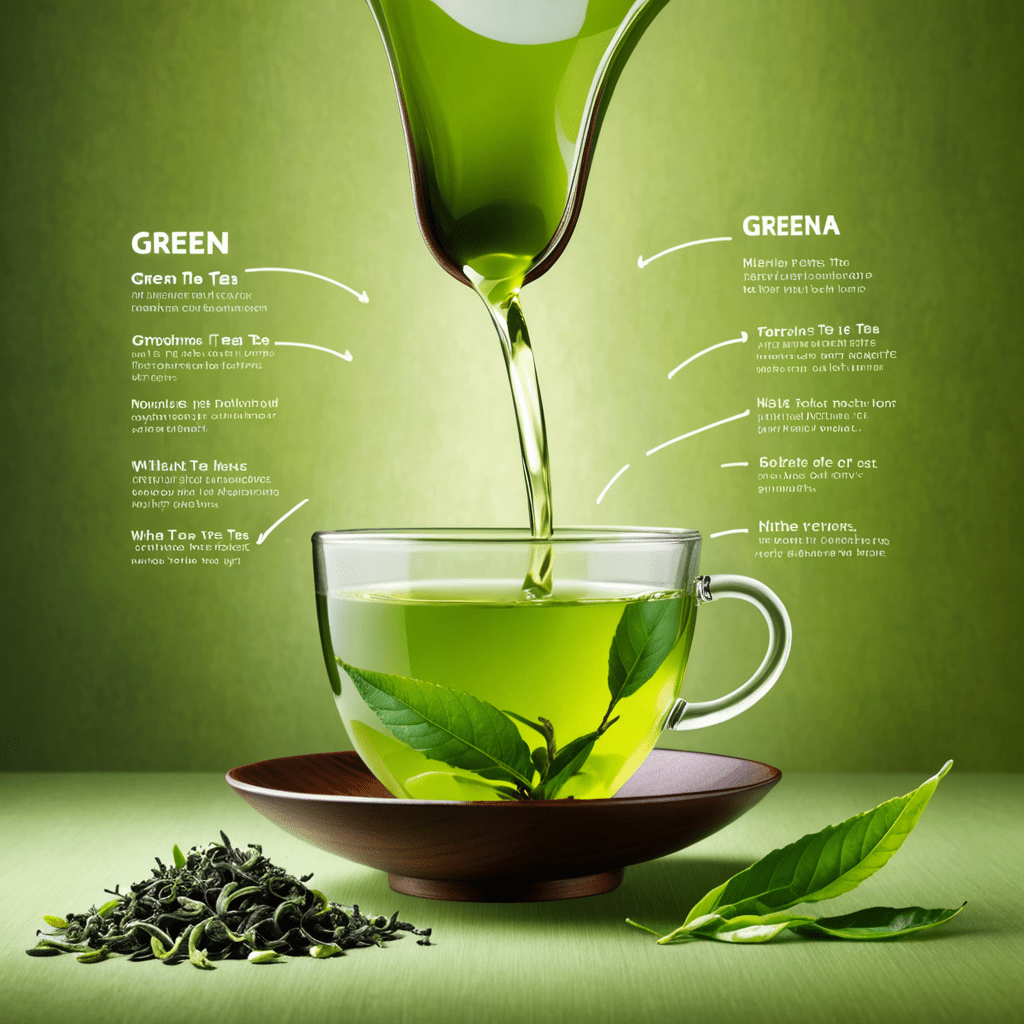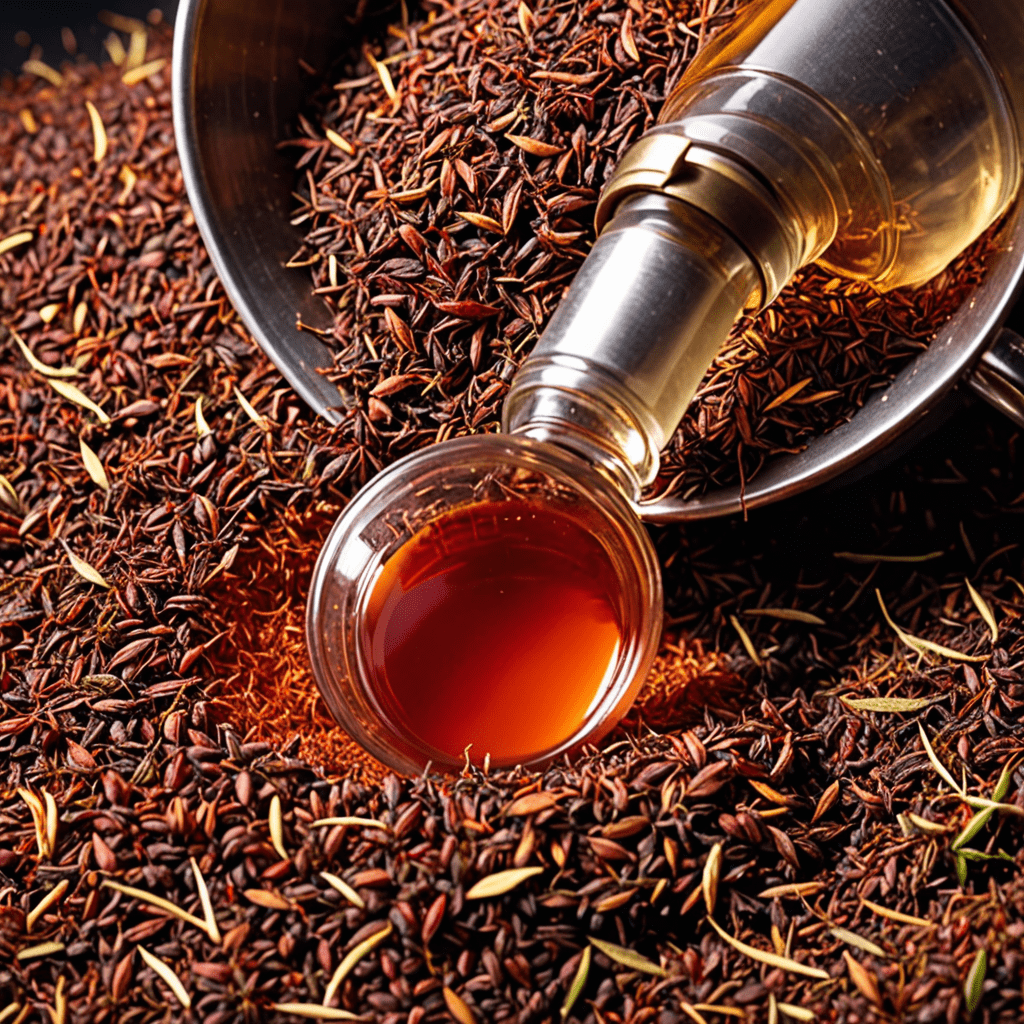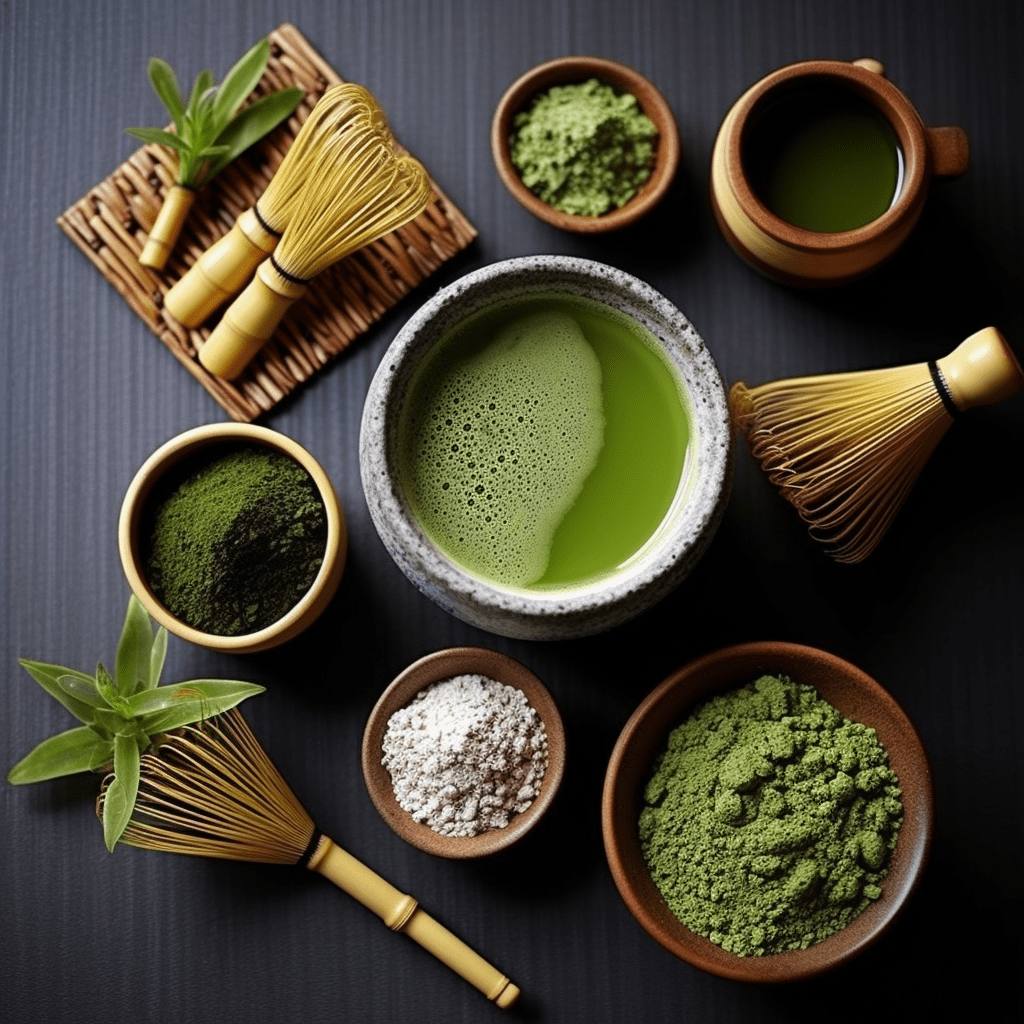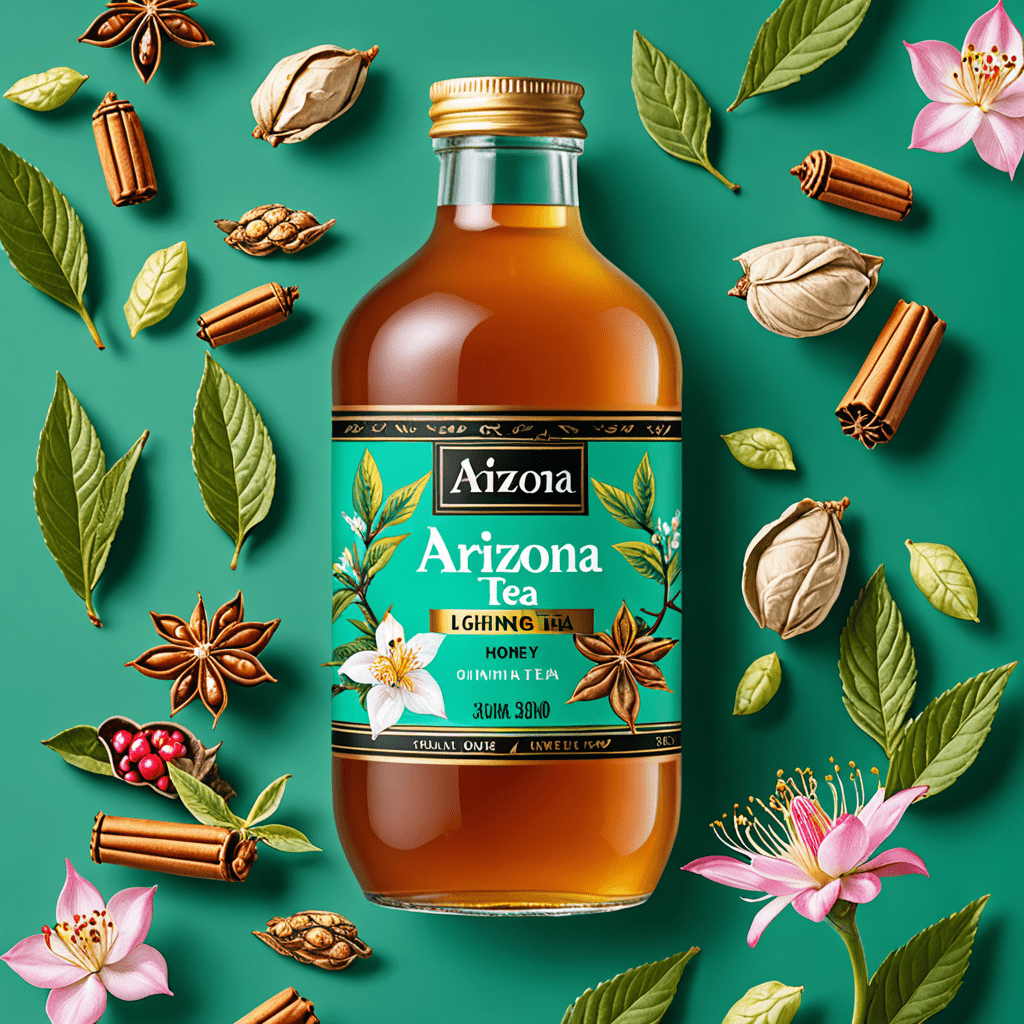What Makes Green Tea Taste Better
Green tea is a popular beverage known for its numerous health benefits and unique flavor profile. However, not all green teas taste the same, and sometimes you may find one that doesn’t quite suit your palate. If you’re looking to enhance the taste of your green tea, there are a few factors to consider. In this article, we will explore different elements that can contribute to a more enjoyable green tea experience.
1. Quality of Tea Leaves
The quality of the tea leaves you use can significantly impact the taste of your green tea. Opting for high-quality, loose-leaf green tea rather than tea bags can make a noticeable difference in flavor. Loose-leaf teas generally contain whole or large pieces of leaves, which allows for a more nuanced and complex taste. Tea bags, on the other hand, often consist of fragmented or powdered tea leaves, which may result in a less satisfying taste.
2. Water Temperature
The water temperature used to steep green tea is crucial in achieving the desired flavor. Unlike black tea, which is typically steeped in boiling water, green tea requires a lower temperature. Too hot water can lead to a bitter taste and astringency. It is recommended to steep green tea at a temperature between 160°F (71°C) and 180°F (82°C). Experimenting with different temperatures can help you discover the ideal brewing conditions that suit your taste preferences.
3. Steeping Time
The length of time you steep your green tea can significantly influence its taste. Over-steeping green tea can result in a bitter and grassy flavor, while under-steeping may leave you with a weak and bland cup. Generally, a steeping time of 2-3 minutes is sufficient for most green teas. However, some delicate varieties may require shorter steeping times, so it’s essential to follow the instructions specific to the tea you are using.
4. Tea-to-Water Ratio
Finding the right tea-to-water ratio will help you achieve a balanced and flavorful cup of green tea. Using too little tea leaves can result in weak and watery tea, while too many leaves can lead to a bitter and overpowering taste. As a general guideline, use 1 teaspoon of green tea leaves for every 8 ounces (240 ml) of water. Adjusting this ratio based on personal preference is encouraged.
5. Tea Storage
Proper storage of your green tea can preserve its freshness and flavor for a more enjoyable tasting experience. Green tea is sensitive to light, air, moisture, and strong odors, so it is crucial to store it in an airtight container away from direct sunlight and strong scents. Additionally, it is best to consume green tea within six months of purchase to ensure optimal taste.
6. Flavoring and Pairing
To enhance the taste of your green tea, you can experiment with various flavorings and pairings. Adding natural sweeteners like honey or stevia can counterbalance any bitterness and add a touch of sweetness to your cup. Additionally, you can infuse your tea with different herbs, fruits, or spices to create unique flavor combinations. Some popular additions include mint leaves, ginger, lemon slices, or jasmine flowers. Furthermore, you can pair your green tea with foods that complement its taste, such as light salads, sushi, or delicate desserts.
Frequently Asked Questions
Q: Can I add milk to my green tea to improve its taste?
A: Green tea is traditionally enjoyed without milk due to its delicate and nuanced flavors. Adding milk may overpower the subtle notes of green tea and alter its taste profile. However, personal taste preferences can vary, and some individuals may enjoy the combination of milk and green tea. If you wish to try it, consider using a small amount of milk to avoid overpowering the tea.
Q: Does the quality of water used affect the taste of green tea?
A: Absolutely! The quality of the water used can significantly impact the taste of your green tea. Using filtered or spring water free from strong odors or impurities will result in a cleaner and more enjoyable cup of tea. Tap water with a high mineral content or strong chlorine taste may affect the delicate flavors of green tea.
Q: How should I store my green tea to maintain its freshness?
A: To maintain the freshness of your green tea, store it in an airtight container in a cool, dark place away from direct sunlight, moisture, and strong odors. Avoid storing it in the refrigerator or freezer, as the moisture and odors in these environments can compromise the integrity of the tea leaves.
Q: Can I reuse green tea leaves for multiple infusions?
A: Yes, green tea leaves can often be steeped multiple times, with each infusion offering slightly different flavors. However, the number of infusions may vary depending on the type of green tea and the steeping method used. Experiment with the tea leaves and adjust the steeping times to find the optimal number of infusions for your preferred taste intensity.
Q: Are there any green tea varieties that are naturally sweeter?
A: Yes, certain green tea varieties naturally possess a sweeter taste profile. For example, Dragonwell (Longjing) green tea from China is known for its naturally sweet and nutty flavor. Gyokuro green tea from Japan is another variety that tends to have a naturally sweet taste due to the shading process the tea leaves undergo before harvesting. Exploring different tea types and origins can help you discover green teas with inherent sweetness.



